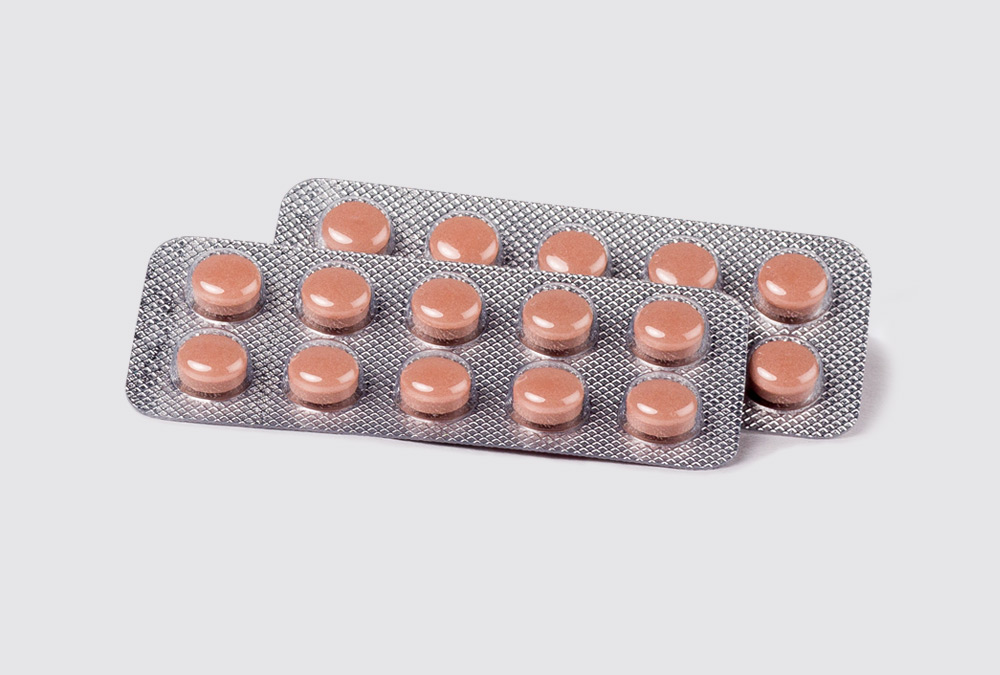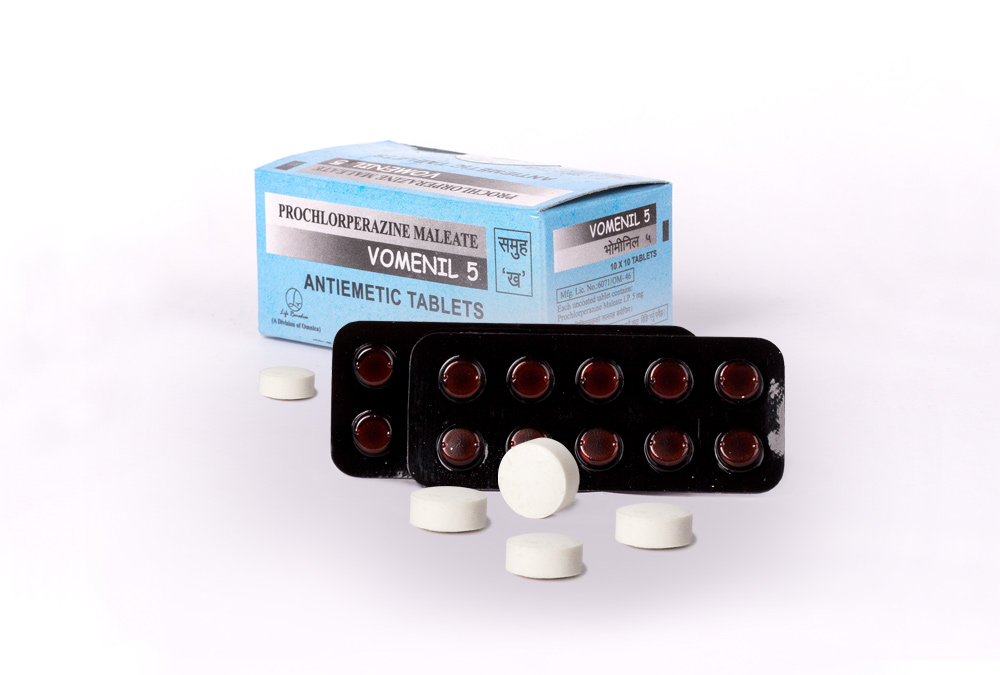Brand Name : FEBUSTAT
Generic Name : Febuxostat
Preparations : 40 mg / 80 mg Tablets
Pharmacological Categories : Xanthine Oxidase Inhibitor, Anti-gout Agent
Mechanism of Action (MOA)
FEBUSTAT (Febuxostat) is a non-purine selective inhibitor of xanthine oxidase. FEBUSTAT inhibits both oxidized and reduced forms of xanthine oxidase and has minimal effects on other enzymes of purine and pyrimidine metabolism. Thus, FEBUSTAT inhibits the conversion of hypoxanthine to xanthine and xanthine to uric acid. By blocking uric acid production, FEBUSTAT decreases serum concentrations of uric acid.
Pharmacokinetics
- Absorption : Absorbed from the gastrointestinal tract
- Bioavailability : 49%
- Peak plasma time : 1 to 1.5 hours
- Protein Binding : 99.2%
- Metabolism : Liver extensively metabolized both by conjugation via uridine diphosphate glucuronosyltransferase enzymes and oxidation via CYP450 enzymes
- Elimination Half-life : 5 to 8 hours
- Excretion : Urine (49%), faeces (45%)
Indications and Dosage
Hyperuricemia in the Patients with Chronic Gout: One tablet of FEBUSTAT 40 mg once daily. Increase dosage to one tablet of FEBUSTAT 80 mg once daily in patients, who do not achieve serum urate concentrations of less than 6 mg/dL after 2 weeks of therapy with FEBUSTAT 40 mg once daily
Side Effects
GREATER THAN 1% : Arthralgia, elevated liver function test, liver function abnormalities, nausea, rash
POSTMARKETING REPORTS : Anaphylaxis, anaphylactic reaction, rhabdomyolysis, hepatic failure, jaundice, serious cases of abnormal liver function test, liver disorders, psychotic behavior including aggressive thoughts, tubulointerstitial nephritis, generalized rash, Stevens-Johnson syndrome, hypersensitivity skin reactions
Contraindications
Didanosine, diphyllin and concomitant therapy with azathioprine, mercaptopurine, theophylline
Warnings / Precautions
- Consider gout flare prophylaxis with NSAIDs or colchicine upon initiation and for up to 6 months.
- Monitor for signs and symptoms of myocardial infarction and stroke.
- Perform liver function tests during therapy at month 2 and 4 of therapy and then periodically.
- Not indicated for asymptomatic hyperuricemia.
- Not tested for secondary hyperuricemia.
- Caution during lactation.
Drug Interactions
- Dichlorophenamide and febuxostat both decrease serum potassium.
- Ethambutol decreases effects of febuxostat as ethambutol causes hyperuricemia and precipitation of gout.
Pregnancy Category : C
Presentations
FEBUSTAT 40 mg : A box of 20 blisters, each blister of 10 tablets
FEBUSTAT 80 mg : A box of 10 blisters, each blister of 10 tablets







